TPUs vs. GPUs: What’s the Difference?
Pure Storage
MAY 2, 2024
GPUs are generally faster than CPUs for deep learning tasks, but the specialized architecture of TPUs often allows them to be faster than GPUs. GPUs, while powerful, tend to consume more power, especially when operating at maximum capacity. product recognition in inventory management). medical image analysis) and retail (e.g.,

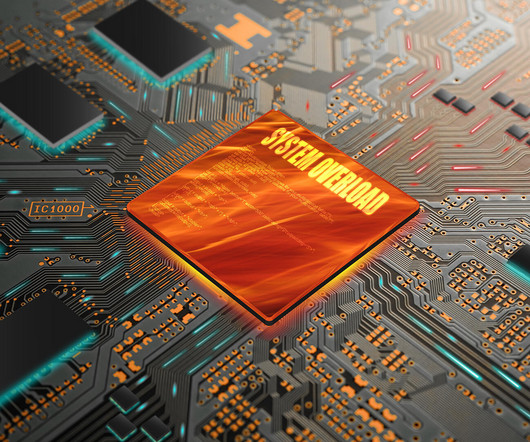
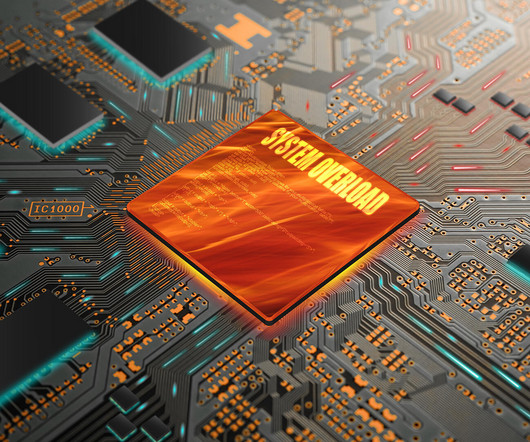

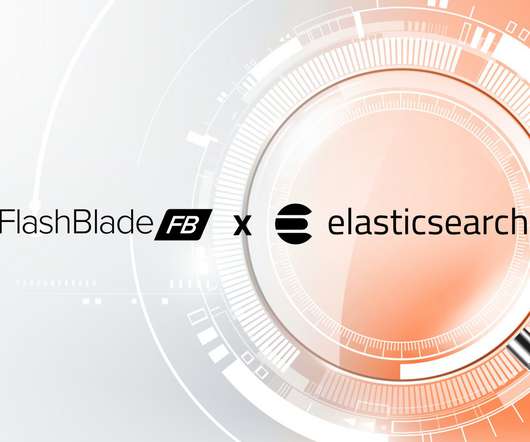

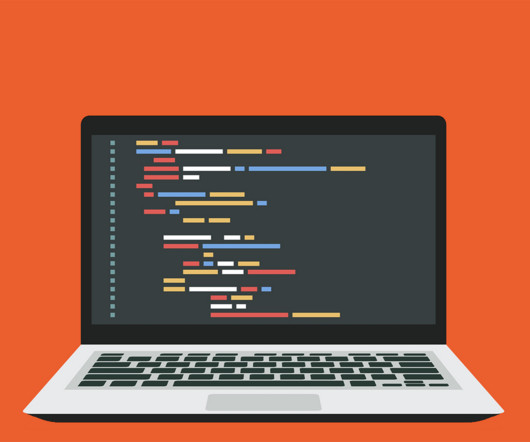




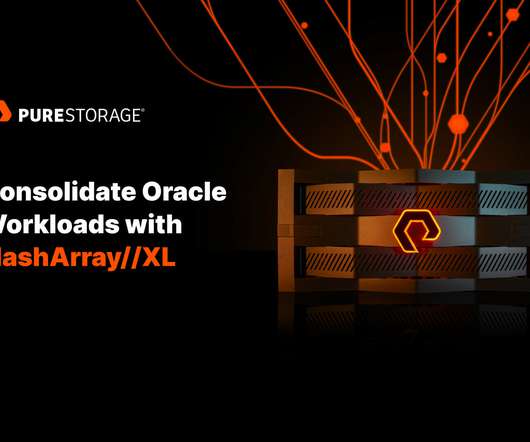






Let's personalize your content